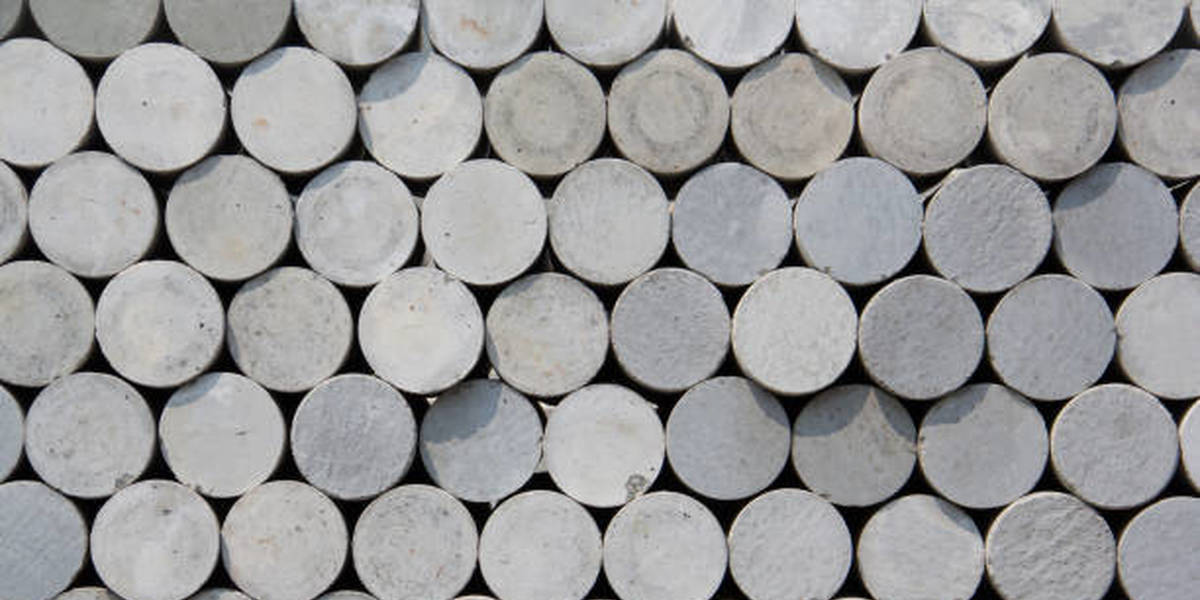A common question is when, where, and how to mix in the fibers. The method of mixing is fundamentally influenced by the wetting ability of the fiber surface. We need to distinguish between fibers that can be wetted based on their inherent properties (e.g., glass fibers like Aveeglass products or polyacrylonitrile fibers like Avekril products) and hydrophobic surface fibers that can be wetted due to surface treatment (mostly polypropylene like Multi).
Let's start with the latter, Multi, as it is simpler. For this type of fiber, it almost doesn't matter at which stage of raw concrete mixing we add it. However, it is safer to treat them as members of the first group, as described below.
The Avekril Conti, Aveeglass Optimo, and Aveeglass Hybrid differ significantly from other similar-purpose synthetic fibers developed for concrete. Therefore, it is important to review the professional use of these fibers with excellent parameters.
For example, Avekril Conti is made of polyacrylonitrile, a wettable fiber, unlike polypropylene fibers. The surface of Avekril Conti fibers is pre-wetted for quick mixing in concrete, anti-static properties, and efficient post-treatment.
Aveeglass glass fiber products behave similarly when exposed to water. Glass surfaces also like and strongly bond with water. Just think of trying to separate two glass plates with water between them.
However, this excellent property of Avekril and Aveeglass products for their intended use can turn negative if not mixed properly. If these fibers come into direct contact with water during mixing, they will try to absorb it. The water film formed between the fibers binds them together with such force that it is unlikely to mix them lump-free during further mixing of the raw concrete. Under unfavorable conditions, especially with water, Avekril Conti can clump together like a "mop." The effect is similar to the water film between two glass plates; if we try to separate them, the water film will be stronger.





